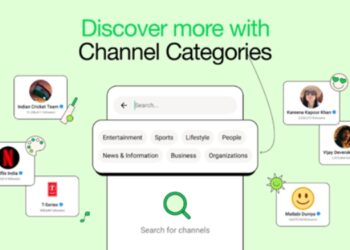The Washington Post is now preventing users from reading content on its site if they are using ad block software which is having harming crucial advertising revenue for the publisher.
Readers will now be intermittently redirected to a subscription page if they are using AdBlock which will ask them to sign up to its newsletter in order to read content. The website is also asking readers to disable ad block so they can continue through to the content.
The Washington Post has a paywall structure similar to the New York Times which allows readers free access to 10 articles per month before restricting access until they begin paying. The new approach however appears to be redirecting desktop users even before they reach 10 and asks them to sign up to the newsletter in order to unlock the story.
Speaking to BuzzFeed, a Washington Post spokesperson said that “without income via subscriptions or advertising, we are unable to deliver the journalism that people coming to our site expect from us. We are currently running a test using a few different approaches to see what moves these readers to either enable ads on The Washington Post, or subscribe.”
The trial is not being used on mobile however The Washington Post will undoubtedly be considering the scheme on all platforms if it proves successful. The availability of AdBlock plus will continue to expand, and crucially it will do so on mobile where the majority of content is consumed. The Google Play Store recently made AdBlock Plus available on mobile and Apple is introducing it on its Safari browser.
Online ad revenue represents a significant portion of income for newspapers who are growing increasingly concerned with the accelerating popularity of ad block software. Many readers complain that ads can be intrusive and slow down load times on websites however publishers point out that ad blocking software is killing free media online.

















